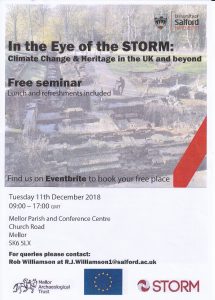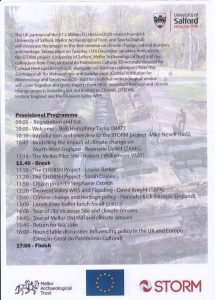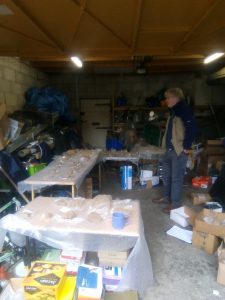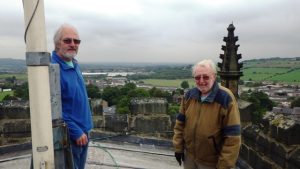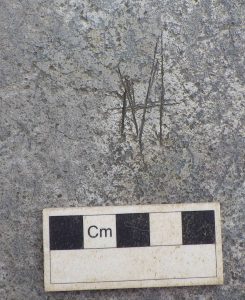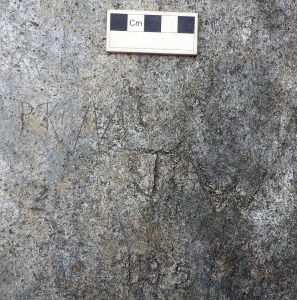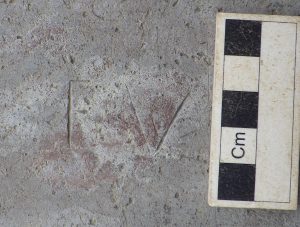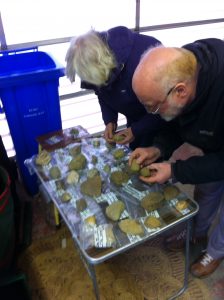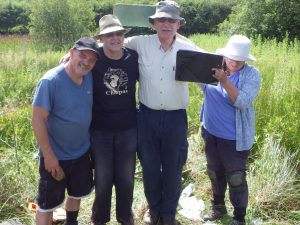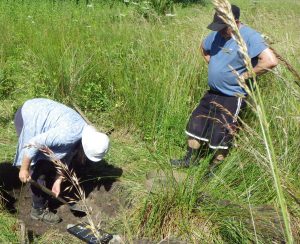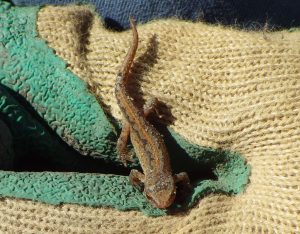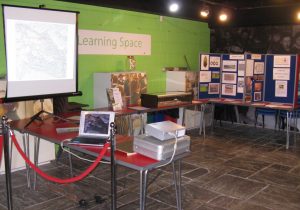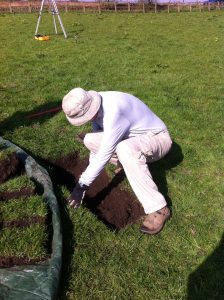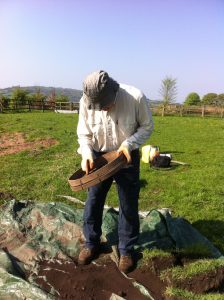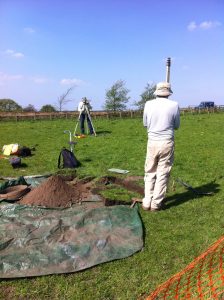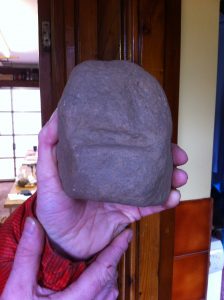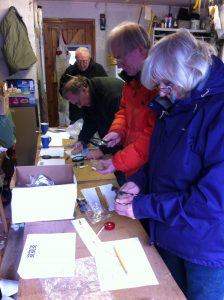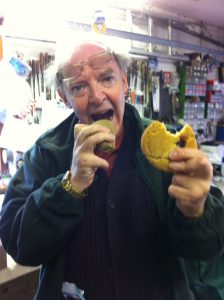Our last post asked for thoughts on this small but beautiful find:
We had a number of responses and the consensus seems to be that it is a piece of slag from the process of smelting iron. Iron slag has a high silica content, but has different appearances dependent upon the properties of the ore and of the flux used in the smelting process. Accordingly, different colours can be produced.
Slag doesn’t usually look so attractive, but this piece benefits from being a small fragment which helps to show off its translucent quality.
Most slag from blast furnaces is ground down and used in building materials, particularly concrete. However, it has also been used in glass making. It was used from the C19th especially in the manufacture of pressed glass, or “slag glass”, as it lowered production costs and contributed interesting qualities such as colour and swirling patterns.
Someone raised the point that there had been Huguenots involved in glass production in the Haughton Green area in the C17th. That is not where this was found, but it opens up another interesting avenue for exploration.
For the record, someone also mentioned opal, which would have sounded so much nicer, but if it’s slag, then slag it is.
If anyone has anything further to contribute, please do so, either here or on our Facebook page.


